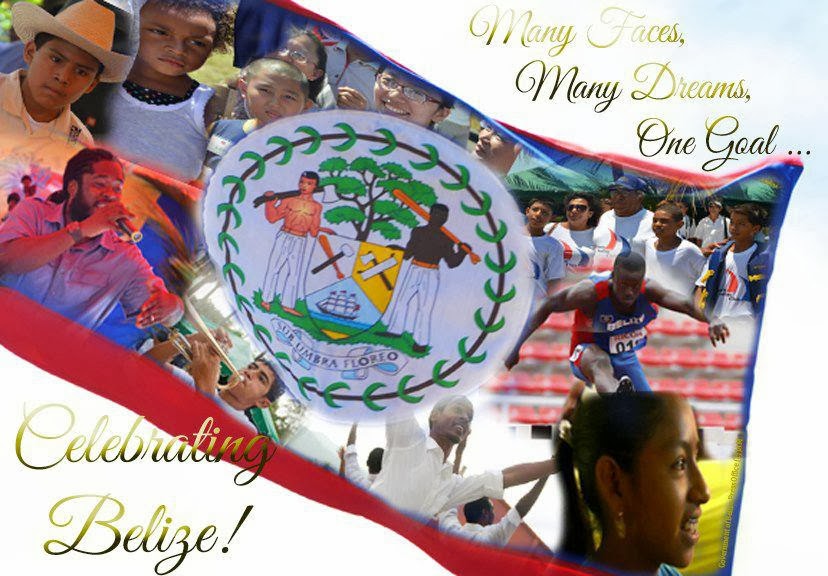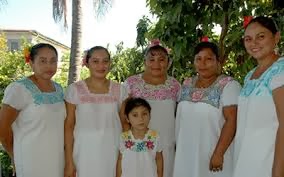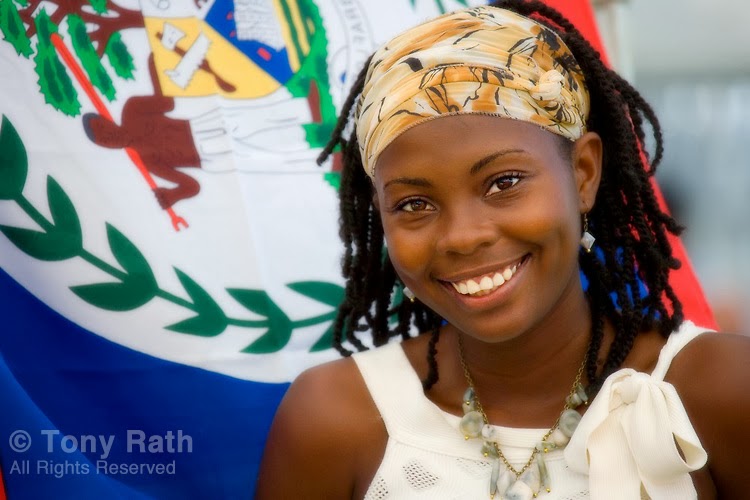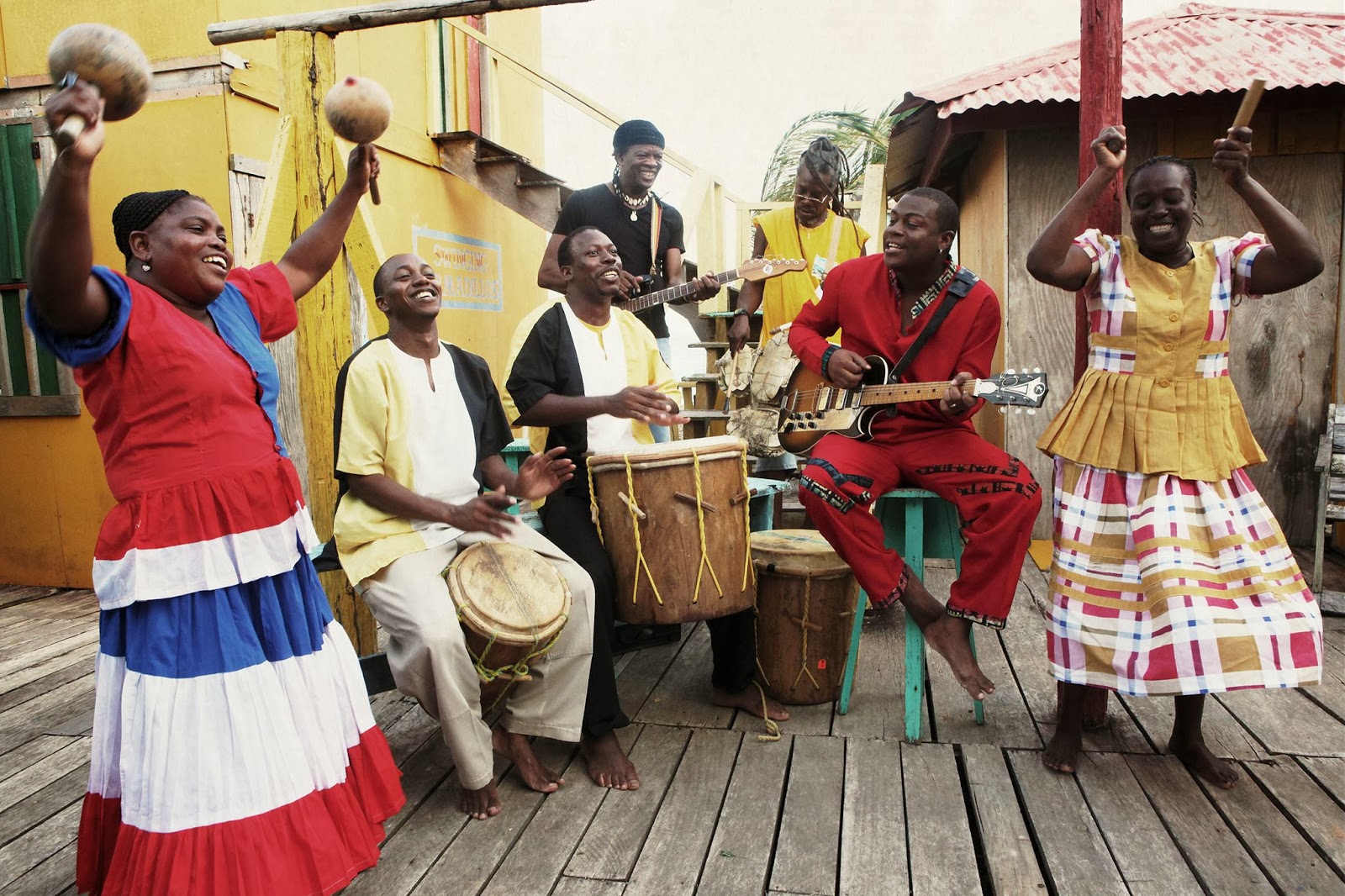BELIZE
A MELTING POT OF RICH & DIVERSE ETHNIC GROUPS LIVING IN HARMONY
January 23rd,
2014 by Oscar Castaneda for Balaam Eco Adventures
Belize
is a rich blend of cultural integrity and cultural diversity living in peaceful
harmony with each other. From its humble
origins as a British Colony in the heart in Central America and with English as
our official language to its roots with
the first inhabitants the Ancient Mayas.
We are a true haven of
democracy in such a changing world and dynamics and as Aldus Huxley said “ if
the World had any origins then Belize would be its end.”
Lets travel back in time to
get a grasp of where we come from, its
said that we study history to understand the past so as to not make the same
mistakes again and to know where we are headed.
Today Archaeologists and scholars study the present day and live among our
Mayan people to better understand the past.
“Belize is a melting pot of
races and embraces that. I have observed way too much racism on my travels. I didn’t
realise how sickeningly accustomed I’d grown to races hating each other until I
arrived in Belize and noted the complete absence of enmity. What a wonderful
thing! Looking around a single street in Belize, you will see Latino, Black,
Indigenous Mayan, White, Mixed Race, Asian, and Arab people (not to mention the
Mennonites!), all coexisting happily. Even the bottled water labels sing the
praises of diversity. LOVE IT! “
according to Lillie Marshall who
visited Belize on her Honeymoon in 2012.
Mayas
The Ancient Mayas were the first inhabitants of Belize and have been living here for more
than 3000 years dating as early as 2500 B.C. occupying Cuello Site in Orange Walk, northern Belize. The
Maya people were living in Belize when the Spanish and the British came in the
16th and 17th centuries and they later became integrated into the Belizean
society.
Maya live a simple
lifestyle centred around agriculture,
cultivating corn, beans, and vegetables
in subsistence form selling surplus to
the markets in towns. Comprising about 11% of Belize’s population, the
Maya live in spaciously laid-out villages, some near to the ceremonial sites of
the earliest Maya settlements.
Altun Ha, Xunantunich, Cuello, Lubaantun, Caracol and Lamanai are some of the sites still maintained
as tourist attractions, and as reminders of the magnificent past of the Ancient
Maya Civilization.
There are presently three groups of Maya living in
various areas of Belize. The Yucatec Maya, who migrated from the south of
Mexico, live in the northern districts of Corozal and Orange Walk and have
merged with the Mestizo population. The Mopan Maya came from San Luis in
the Peten region of Guatemala and settled in San Antonio and the Toledo
District. The Mopan Maya of the western area of Belize are mostly living
in the village of San Jose Succotz in the Cayo District.
Immigrating from San Pedro Corcha in Guatemala, the Kekchi Maya inhabit about
eight villages in the Toledo District.
Mestizos
The Mestizos are a mixture of Spanish and Maya
and represent 48% of the Belizean
population, thus the largest ethnic group in Belize. They originally arrived in Northern Belize
between 1837 and 1838
escaping La Guerra de Castas (the
Caste War) when 70,000 Maya revolted in Yucatan Mexico against a much smaller
Spanish force and annihilated over one-third of the population. The surviving
Mestizo fled over the border into British territory now Belize.
Mestizos
live in most parts of Belize, but most make their homes in the northern
districts of Corozal and Orange Walk. Mestizos
speak Spanish as their first language and were the first sugar cane farmers a
major industry in Northern Belize. Descendants of the earlier settlers also
inhabit the Islands of Caye Caulker and San Pedro, Ambergris Caye. During
the civil wars in Guatemala, El Salvador and Honduras in the 1970’s many
thousands of refugees came to Belize and have established communities near the
capital city of Belmopan and surrounding areas.
In the Stann Creek district in the south they are employed in the citrus
and banana industries. .
Creoles
Creoles are the descendants of the slaves brought to Belize in the 18th and early 19th centuries from Africa by the British settlers for the logging industry. Making 25 % of Belize’s population today mainly due to the their migration to North America in the 1970’s and to the large influx of Central American refugees to Belize around the 1970’s.
They live mostly in Belize City, villages along the Belize and Sibun Rivers, as
well as along the Western and Northern highways. The Creole culture of Belize
worked seasonally in the forest, looked for occupations on the waterfront, in
service industries and in government jobs when forestry declined. Some do carry
on small-scale subsistence farming and fishing.
The Creoles of Belize have developed their own
dialect with roots from African words and broken English in the slavery days so
the British would not understand them.
Today all the cultures in Belize speak Creole/Kriol and you are never
wrong with spelling as in the English language.
Its easy to learn Creole/Kriol and with a keen ear you can understand
what is spoken.
Garifunas/Garinagus
The Garinagu comprise 6% of Belize’s population and
have held on to most of their traditions, drumming, cultural integrity and especially retaining their
attachment to the sea. November 19th is
celebrated as Garifuna Settlement Day in Dangriga a National Holiday in Belize commemorating their arrival to Belize with
reenactments of their arrival.
Garifuna
is the language spoken however as a group they are called the Garinagu a
mixture of Black Caribs, African descent and Arawak's. They first arrived in Belize in 1802 having
originated from a shipwrecked of slaves on St. Vincent in 1675 while
being transported to Roatan, Honduras.
The Garinagu live along the coast of Dangriga, Hopkins, Seine
Bight, Punta Gorda and Barranco where the men worked in the mahogany camps
while others fished and cleared land for the women to plant cassava and other
root crops.
Many of them speak English, Spanish, French, Miskito, and Maya and were the first teachers in Belize. They have their own language which has
absorbed the different elements of their past, including Arawak, Carib and African.
Mennonites
The Mennonites came to
Belize in 1950 looking for Political Freedom and wanting to live a simple
lifestyle governing their own society.
Today they are a major contributor to the National economy and very well
respected. Mennonites originates from
their Religion and the language they speak however they are Germans migrating
from Canada to the US, Mexico, Belize, Central and even to South America. They are similar to the Amish in Pennsylvania
and we have two main groups, the conservatives and the modern Mennonites.
The Conservative Mennonites
dress in casual clothing like uniforms and can easily be identified. They are mostly farmers and live in remote
areas and use horse and waggon as their means of transportation. There is no use of electricity and live with
strict rules and have integrated into Belize’s society in this day and age with
all the modern technology not bothering them.
The Modern Mennonites
sometimes referred to as “Moneynites" by locals are very industrious and produce
a lot using heavy mechanised farming and drive the latest model cars! They produce around 90% of local consumption
in the form of eggs, cheese, milk, poultry, beef, furniture, construction,
technology among other trades and services.
Creating lifetime memories one vacation at a time.

"Exploring Nature With Expert Naturalist"
Balaam Eco Adventures
Office: (501)620-1811








No comments:
Post a Comment